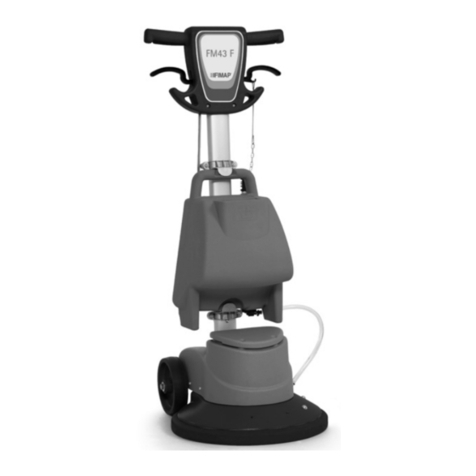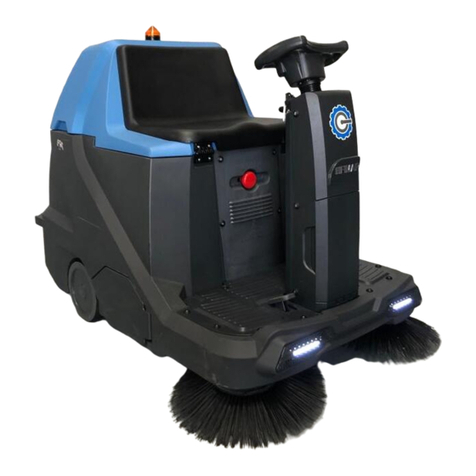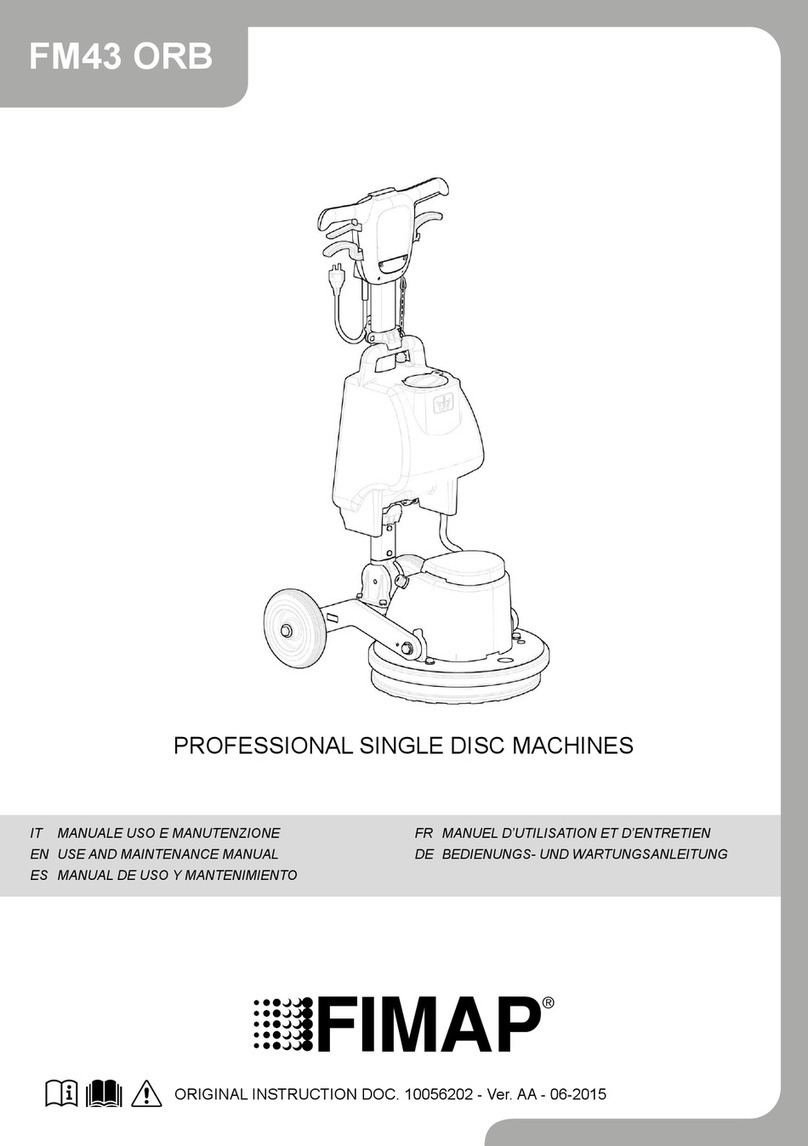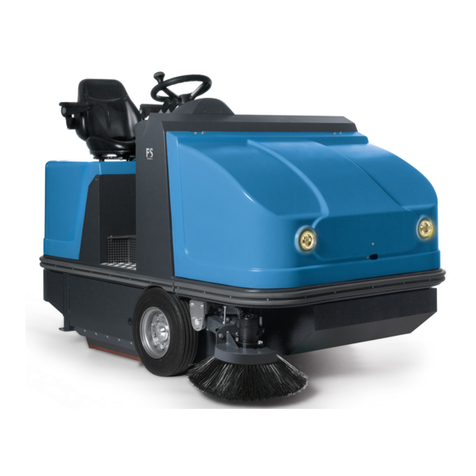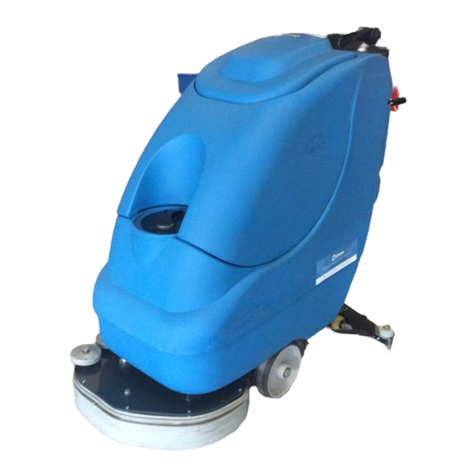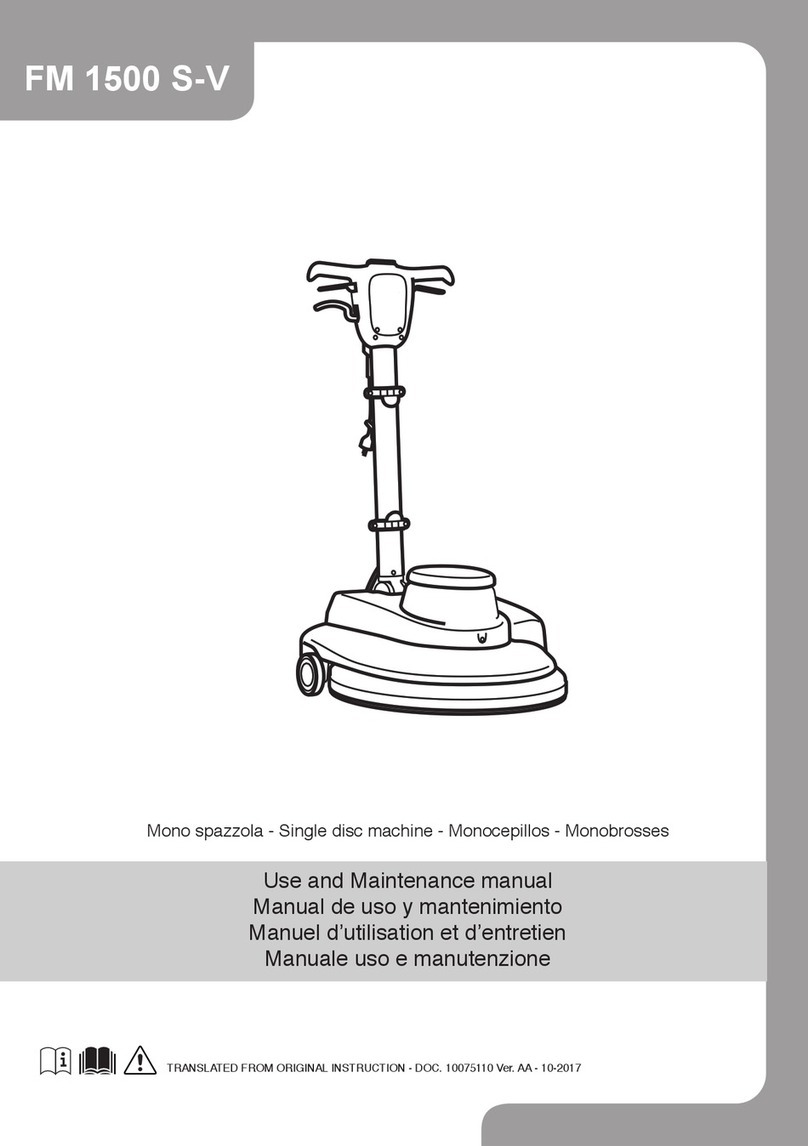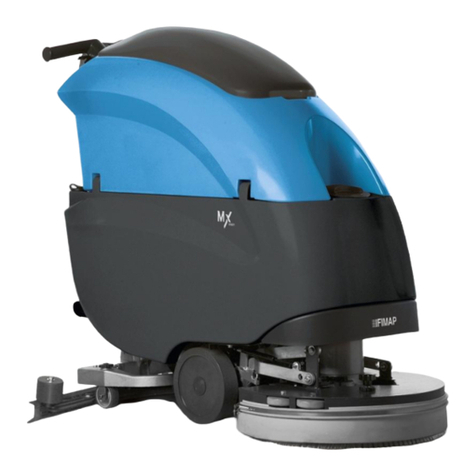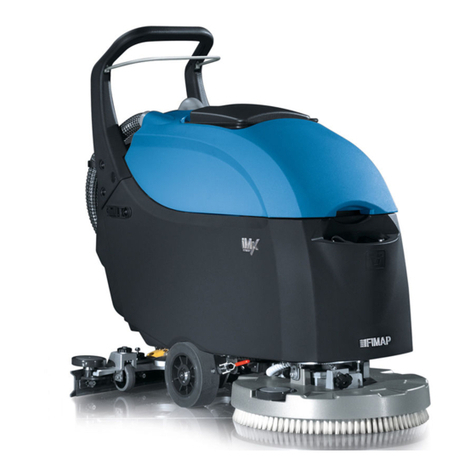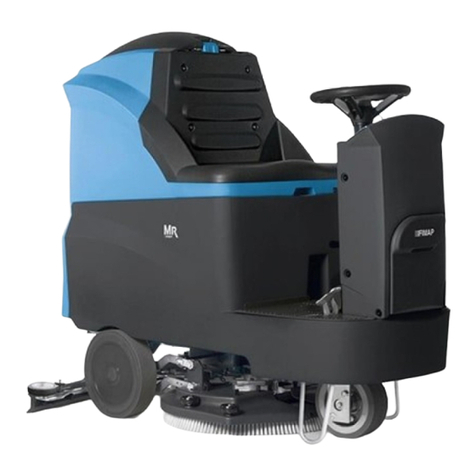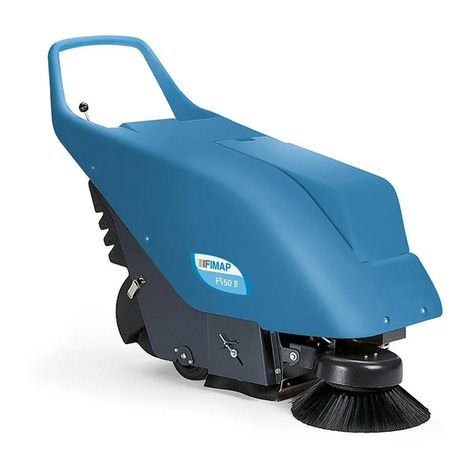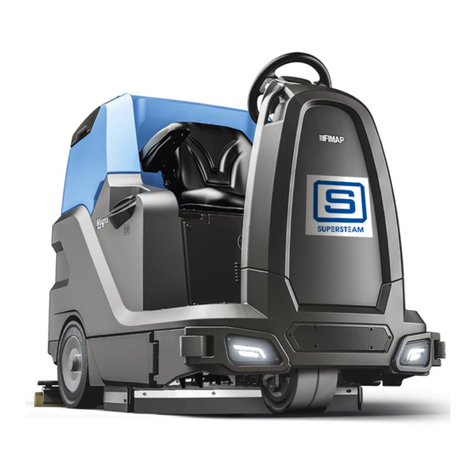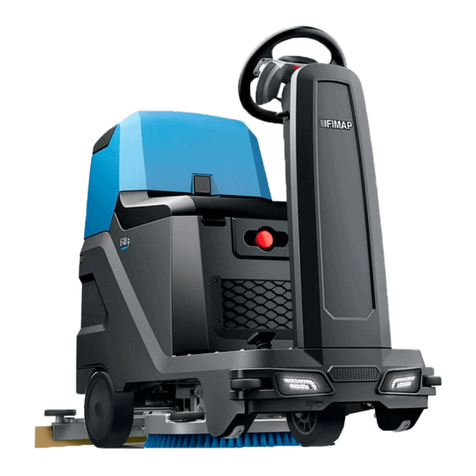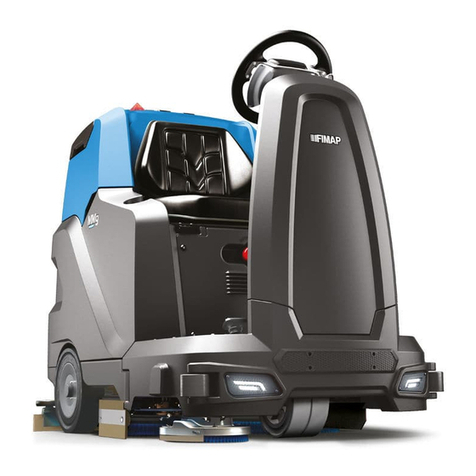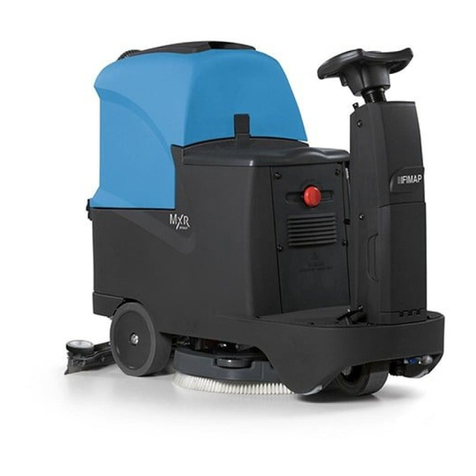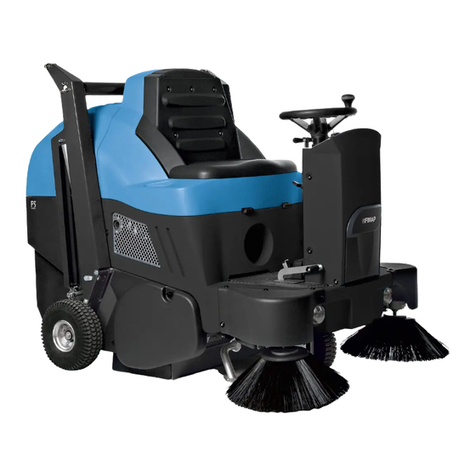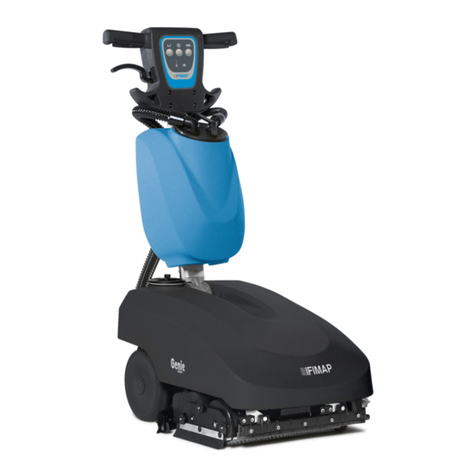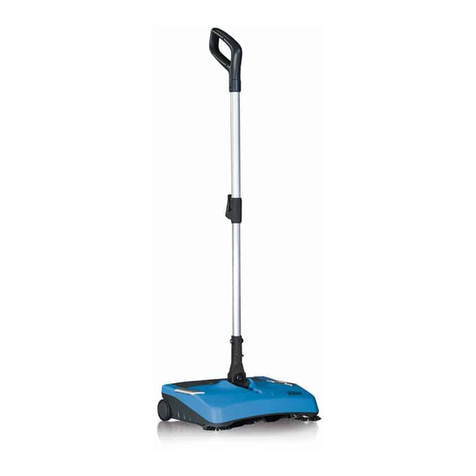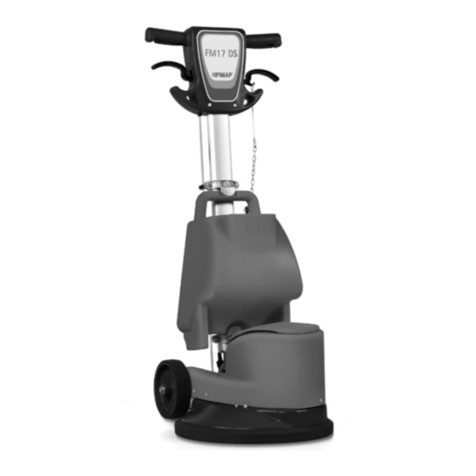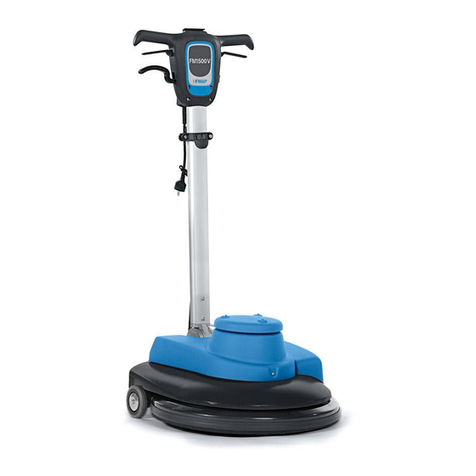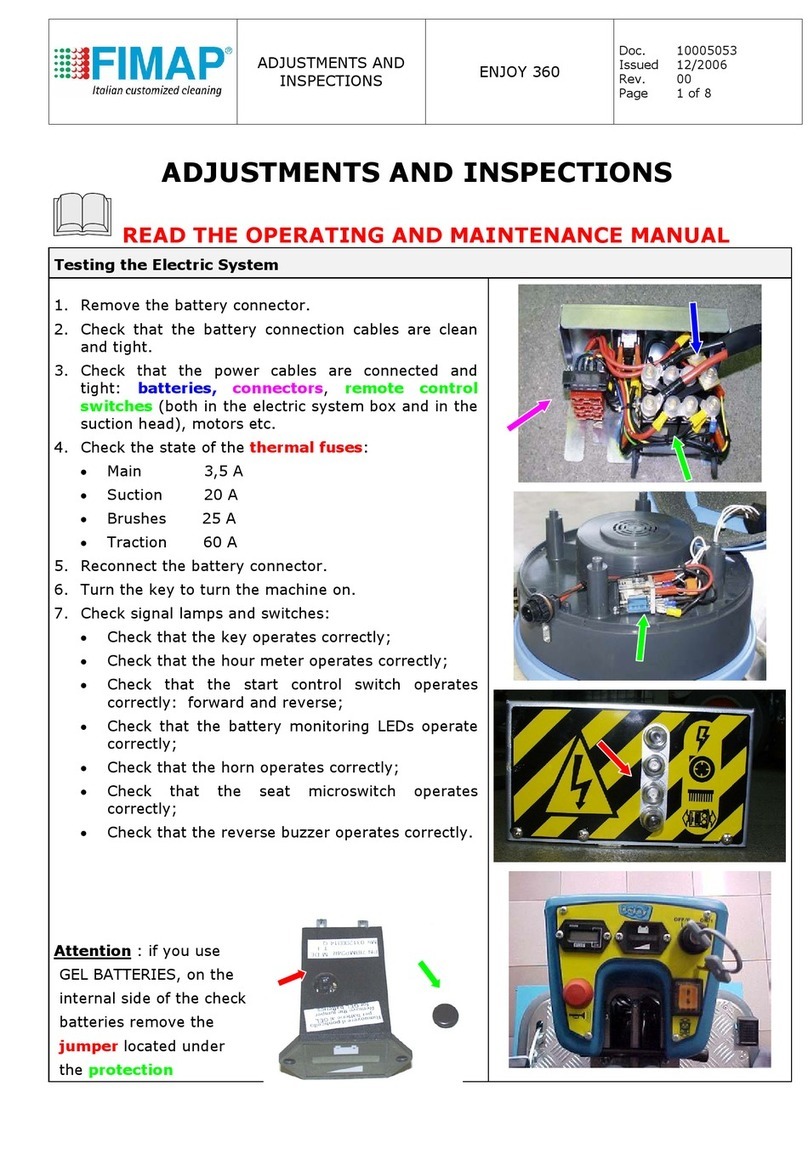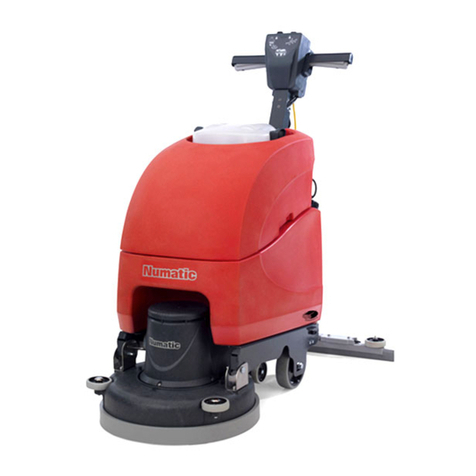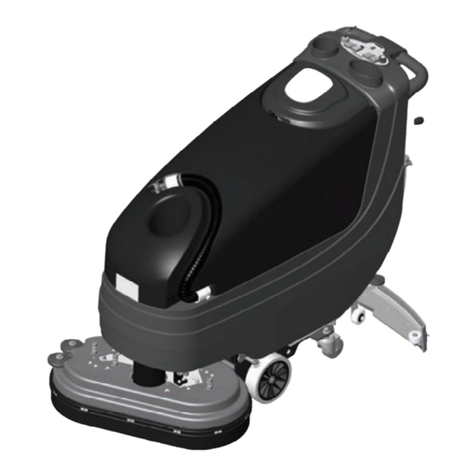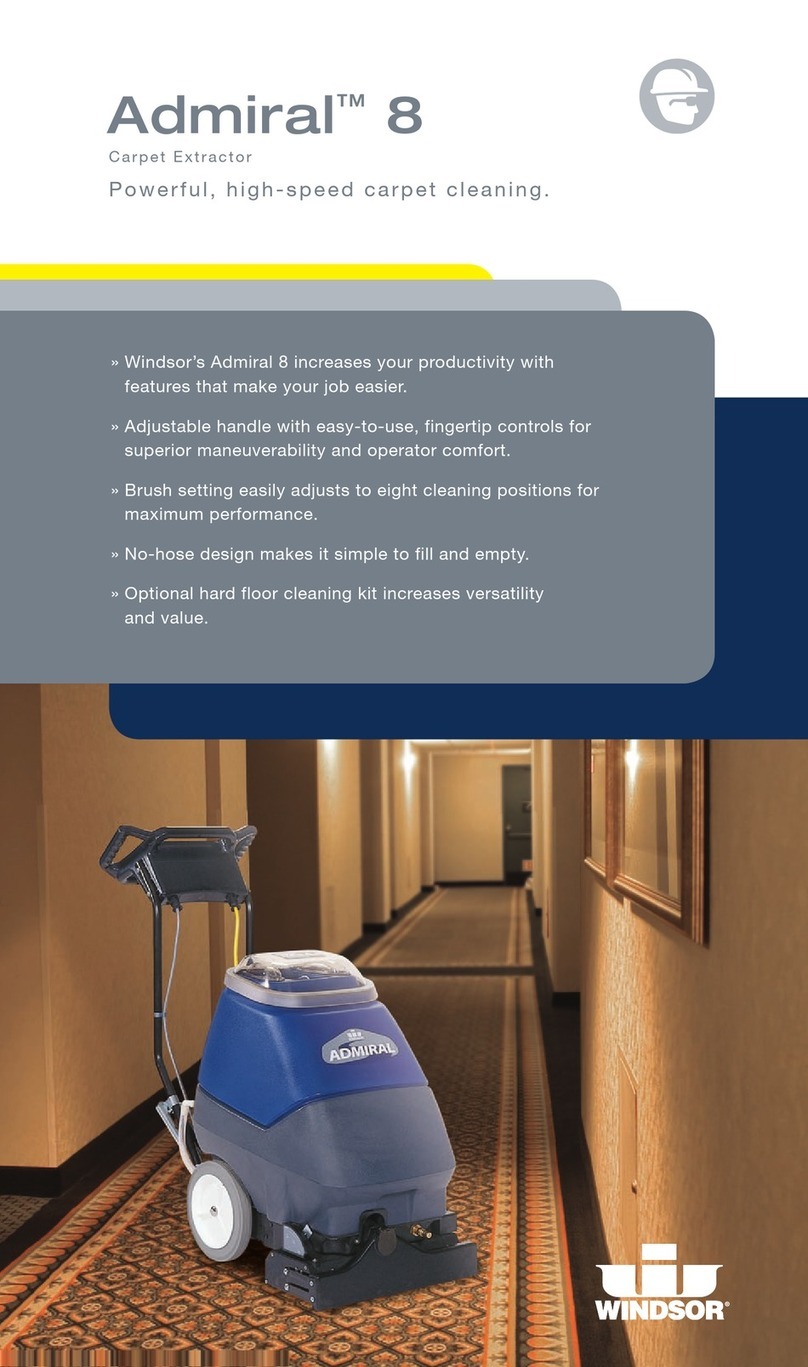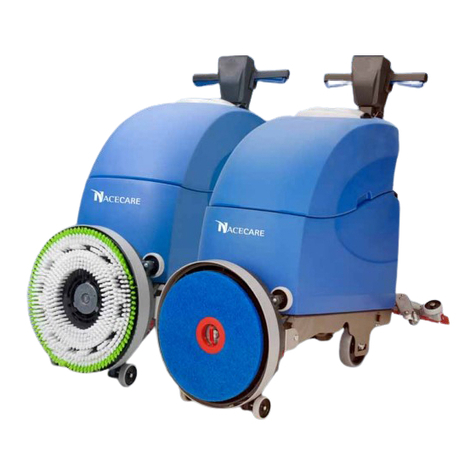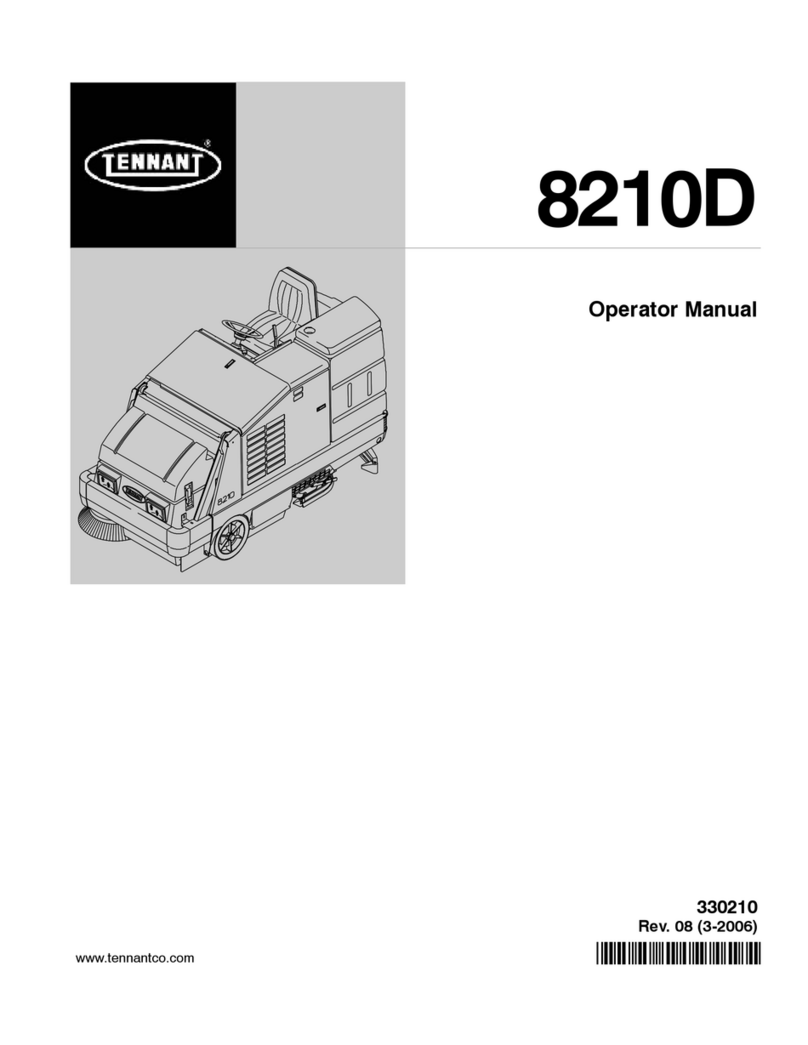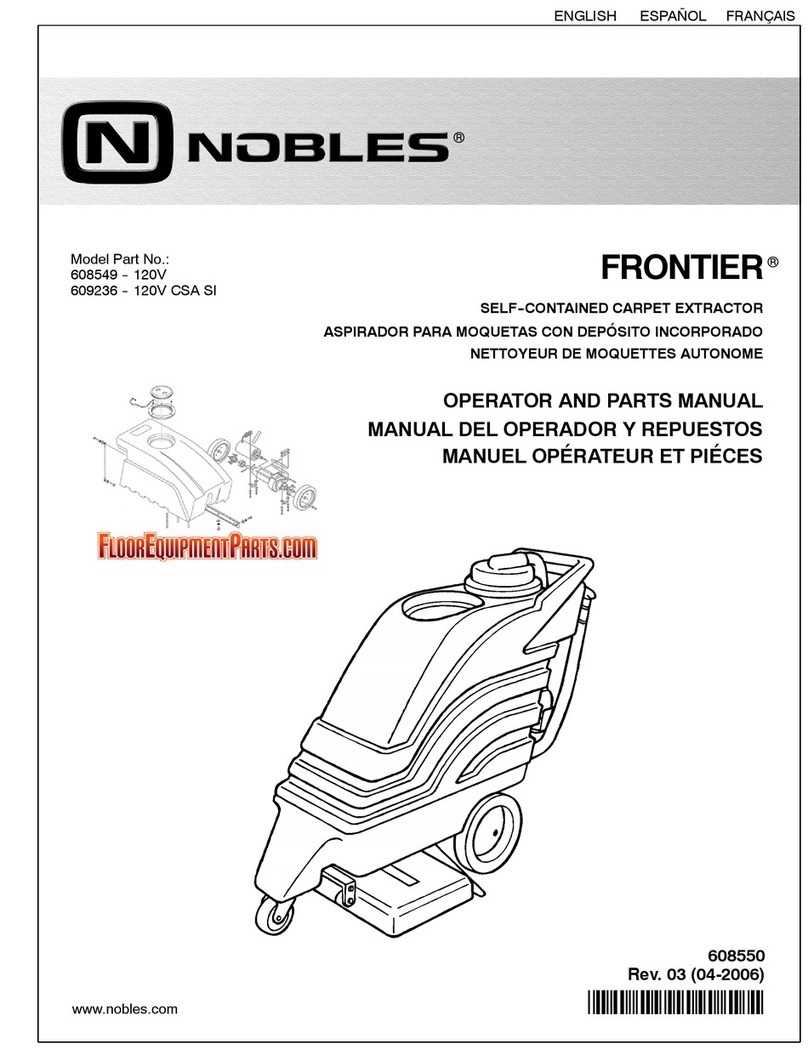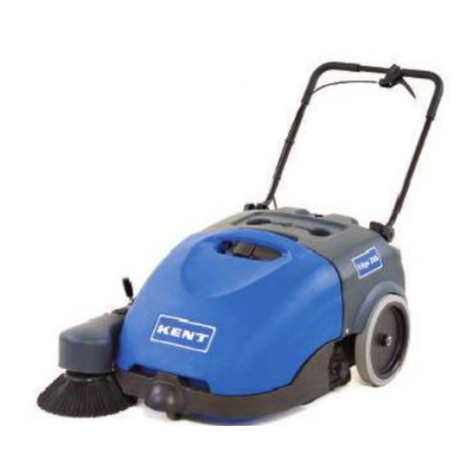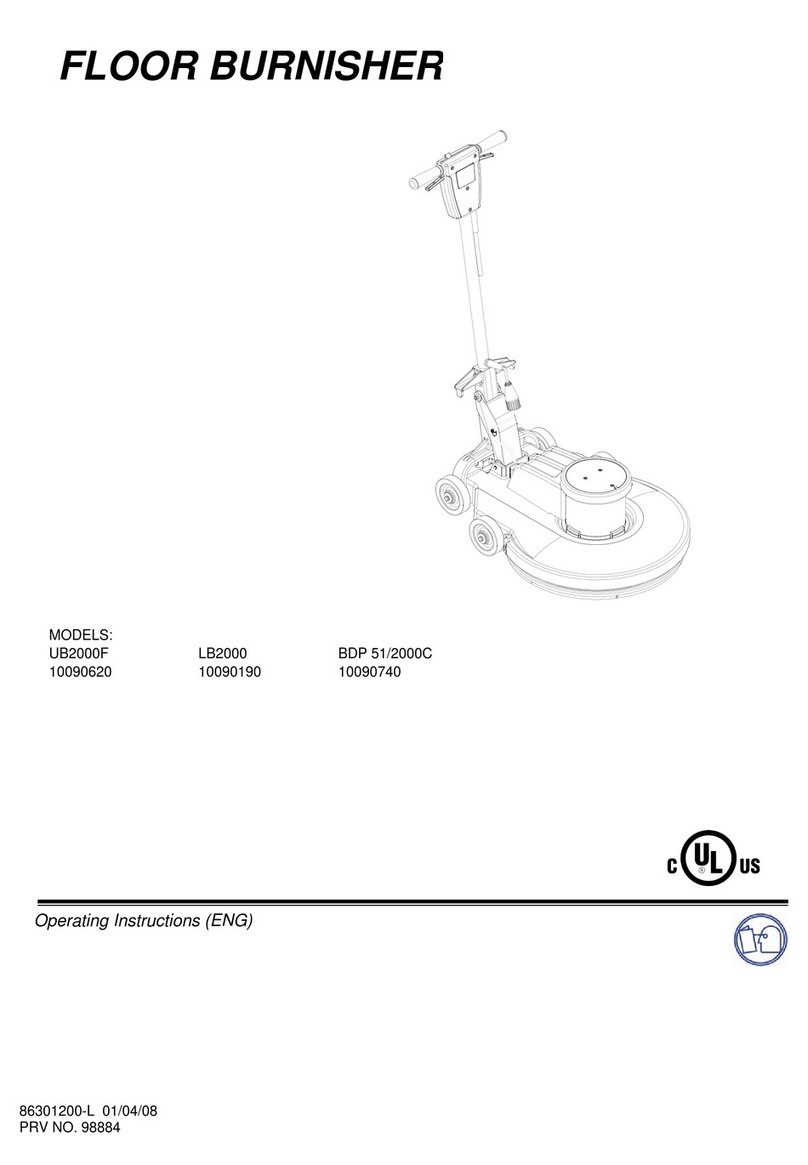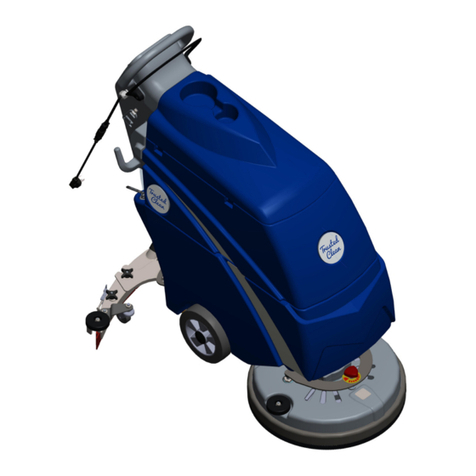
4
CONTENTS
ON CONSIGNMENT OF THE MACHINE............................................................................................................................................................6
INTRODUCTORY COMMENT............................................................................................................................................................................6
IDENTIFICATION DATA.....................................................................................................................................................................................6
TECHNICAL DESCRIPTION...............................................................................................................................................................................6
INTENDED USE..................................................................................................................................................................................................6
SERIAL NUMBER PLATE..................................................................................................................................................................................6
TECHNICAL DESCRIPTION...............................................................................................................................................................................7
SYMBOLS USED ON THE MACHINE................................................................................................................................................................8
GENERAL SAFETY REGULATIONS...............................................................................................................................................................10
MACHINE PREPARATION...............................................................................................................................................................................11
1. HANDLING OF THE PACKED MACHINE......................................................................................................................................................................... 11
2. HOW TO UNPACK THE MACHINE................................................................................................................................................................................... 11
3. HOW TO MOVE THE MACHINE....................................................................................................................................................................................... 11
4. HANDLEBAR CONTROL COMPONENTS........................................................................................................................................................................ 12
5. STEERING COLUMN COMPONENTS (B VERSIONS).................................................................................................................................................... 12
6. STEERING COLUMN COMPONENTS (HYBRID VERSIONS)......................................................................................................................................... 12
7. FOOTBOARD COMPONENTS.......................................................................................................................................................................................... 12
8. FRONT COMPONENTS.................................................................................................................................................................................................... 13
9. SIDE COMPONENTS........................................................................................................................................................................................................ 13
10. REAR COMPONENTS OF THE MACHINE..................................................................................................................................................................... 13
11. BATTERY TYPE (B VERSIONS)..................................................................................................................................................................................... 13
12. BATTERY TYPE (HYBRID VERSIONS).......................................................................................................................................................................... 14
13. BATTERY MAINTENANCE AND DISPOSAL.................................................................................................................................................................. 14
14. FITTING THE BATTERIES INTO THE MACHINE (B VERSIONS)................................................................................................................................. 14
15. FITTING THE BATTERIES INTO THE MACHINE (HYBRID VERSIONS)...................................................................................................................... 15
16. CONNECTING THE BATTERIES AND BATTERY CONNECTOR (B VERSIONS)........................................................................................................ 16
17. CONNECTING THE BATTERIES AND BATTERY CONNECTOR (HYBRID VERSIONS)............................................................................................. 17
18. BATTERY CHARGER CONNECTION (B VERSION, WITHOUT BC)............................................................................................................................. 17
19. BATTERY CHARGER CONNECTION (B VERSION, WITH BC).................................................................................................................................... 18
20. CONNECTING THE BATTERY CHARGER (HYBRID VERSIONS)................................................................................................................................ 20
21. BATTERY CHARGE LEVEL INDICATOR (B VERSIONS).............................................................................................................................................. 21
22. HOUR METER ................................................................................................................................................................................................................. 21
23. WORKING FORWARD SPEED....................................................................................................................................................................................... 21
24. BLINKING LIGHT (OPTIONAL)........................................................................................................................................................................................ 22
25. FILLING THE FUEL TANK (HYBRID VERSIONS).......................................................................................................................................................... 22
26. HEADLIGHTS................................................................................................................................................................................................................... 22
PREPARING TO WORK...................................................................................................................................................................................23
27. PREPARING TO WORK (B VERSIONS)......................................................................................................................................................................... 23
28. PREPARING TO WORK (HYBRID VERSIONS) ............................................................................................................................................................. 24
WORK ...............................................................................................................................................................................................................25
29. STARTING WORK (B VERSIONS).................................................................................................................................................................................. 25
30. STARTING WORK (HYBRID VERSIONS) ...................................................................................................................................................................... 27
31. EMERGENCY BUTTON................................................................................................................................................................................................... 31
32. ALTERNATOR FAULT WARNING LIGHT (HYBRID VERSIONS).................................................................................................................................. 31
33. EMPTYING THE DEBRIS HOPPER................................................................................................................................................................................ 32
AT THE END OF WORK...................................................................................................................................................................................34
DAILY MAINTENANCE ....................................................................................................................................................................................36
34. CLEANING THE CENTRAL BRUSH ............................................................................................................................................................................... 36
35. CLEANING THE SIDE BRUSH........................................................................................................................................................................................ 37
WEEKLY MAINTENANCE................................................................................................................................................................................38
36. CLEANING THE PANEL FILTER..................................................................................................................................................................................... 38
37. CLEANING THE FABRIC FILTER (OPTIONAL).............................................................................................................................................................. 39
38. CLEANING THE DEBRIS HOPPER................................................................................................................................................................................ 40
EMERGENCY MAINTENANCE........................................................................................................................................................................41

